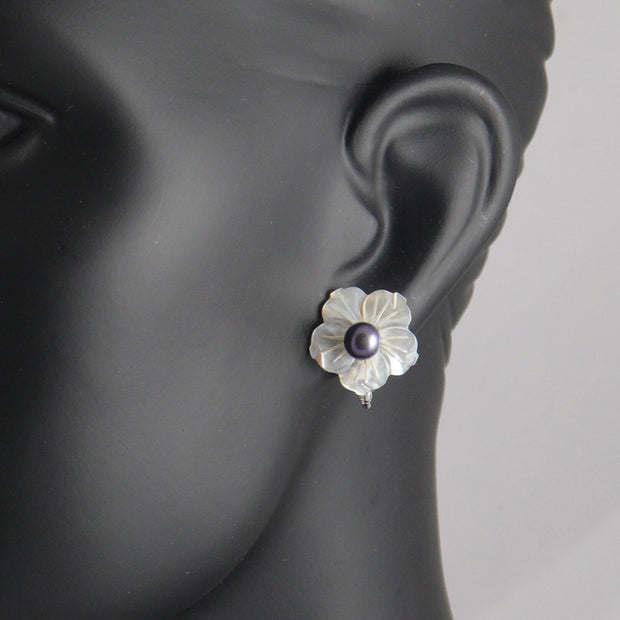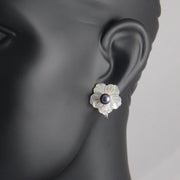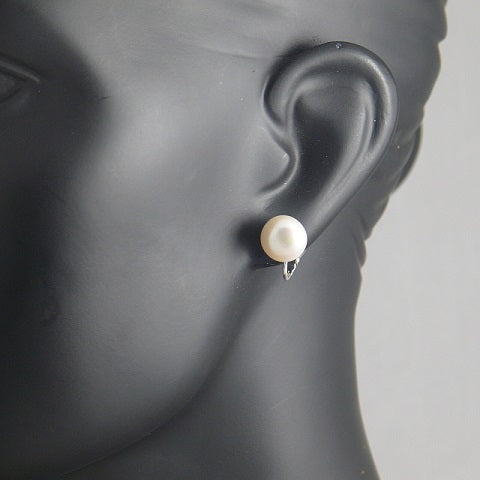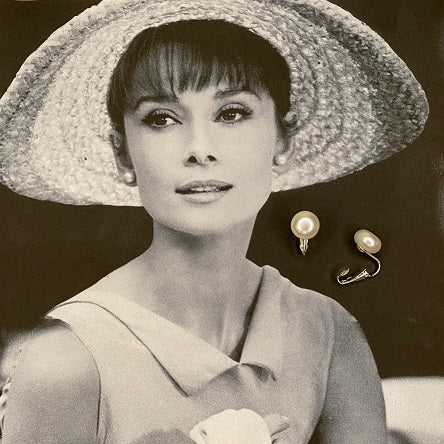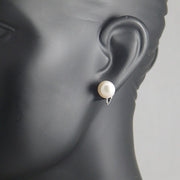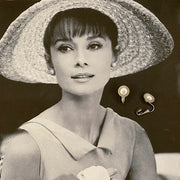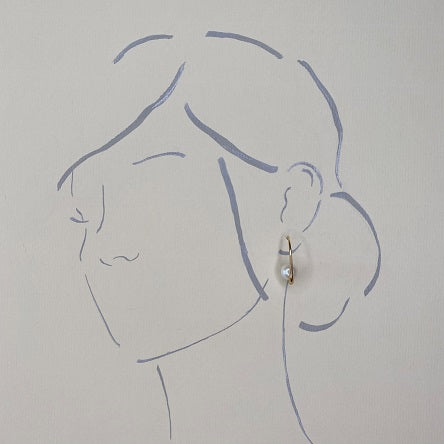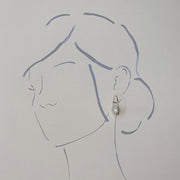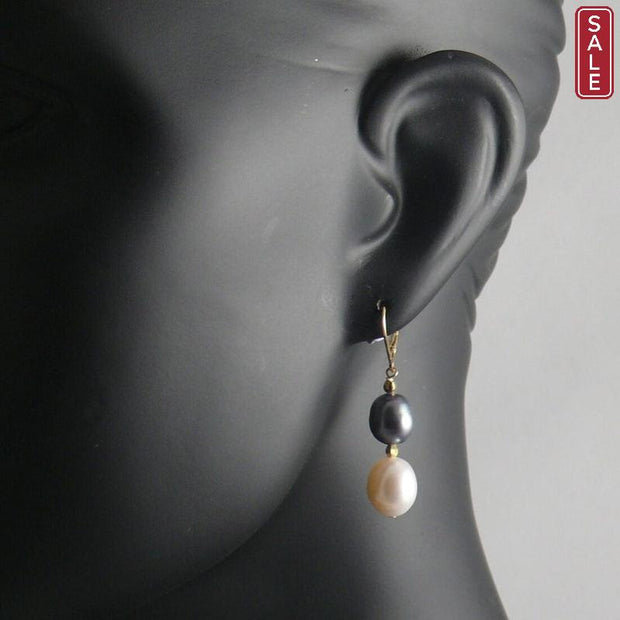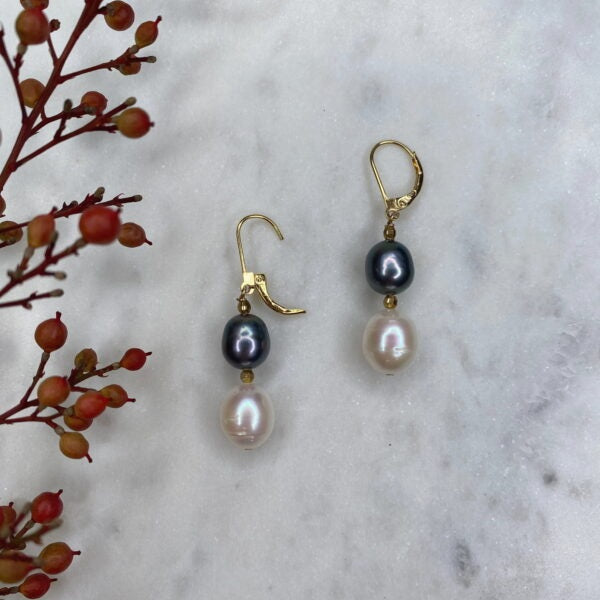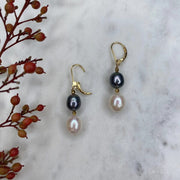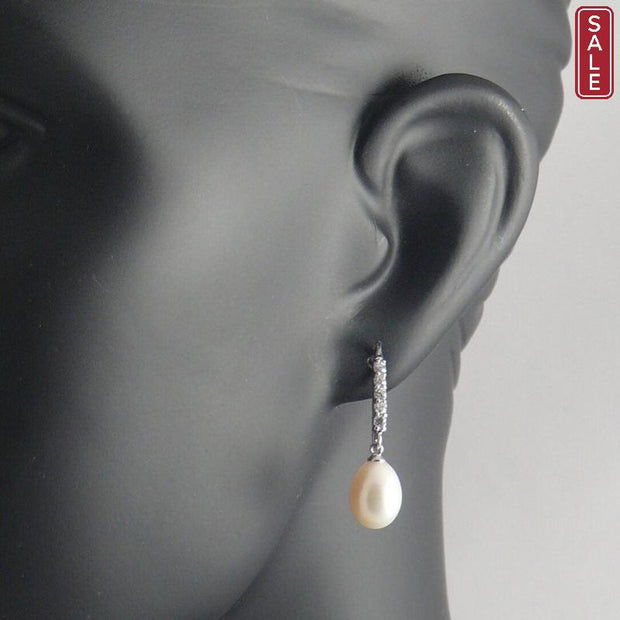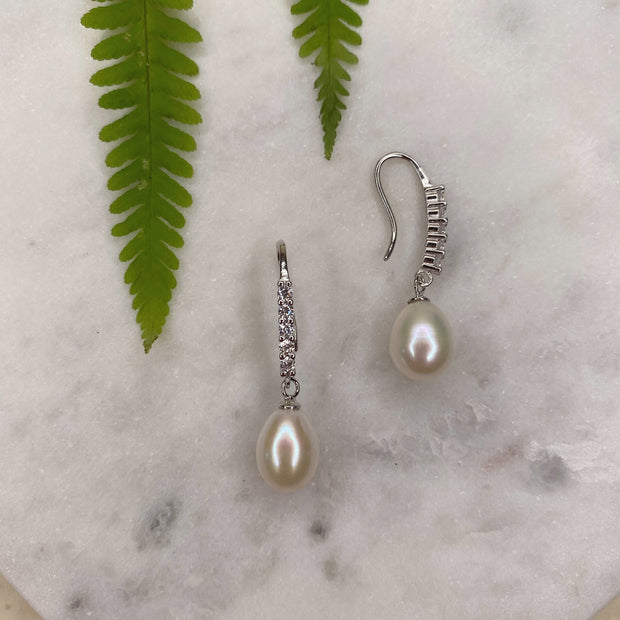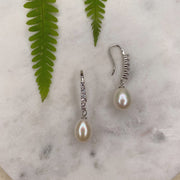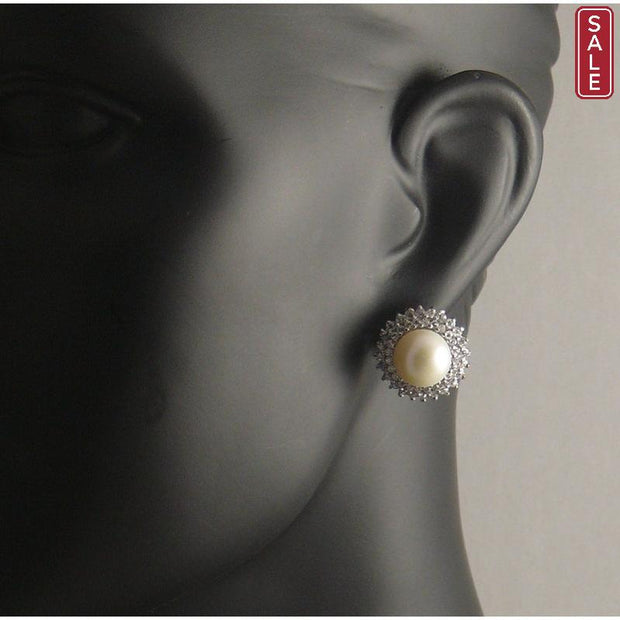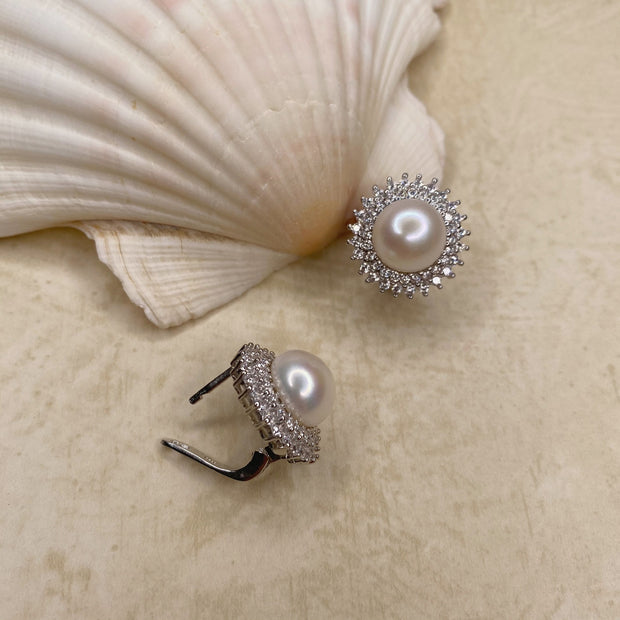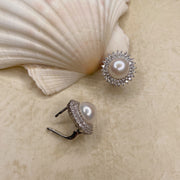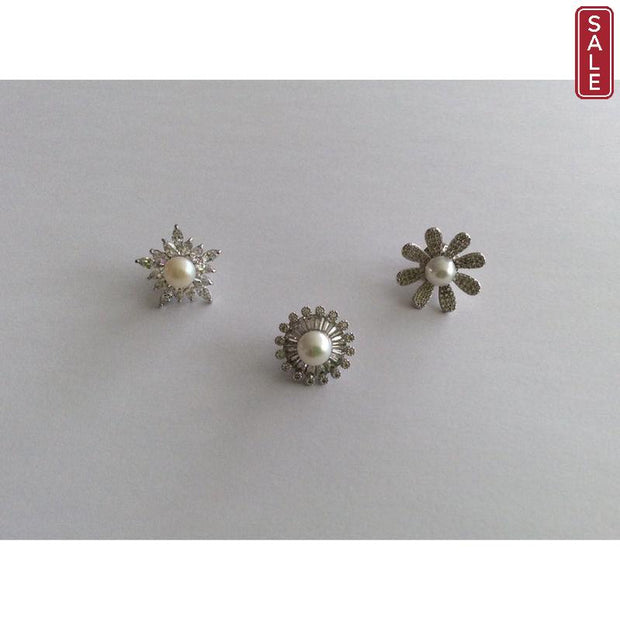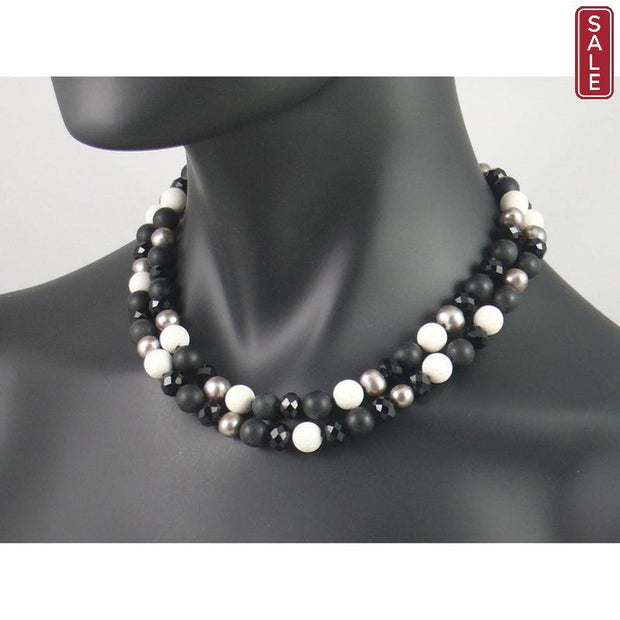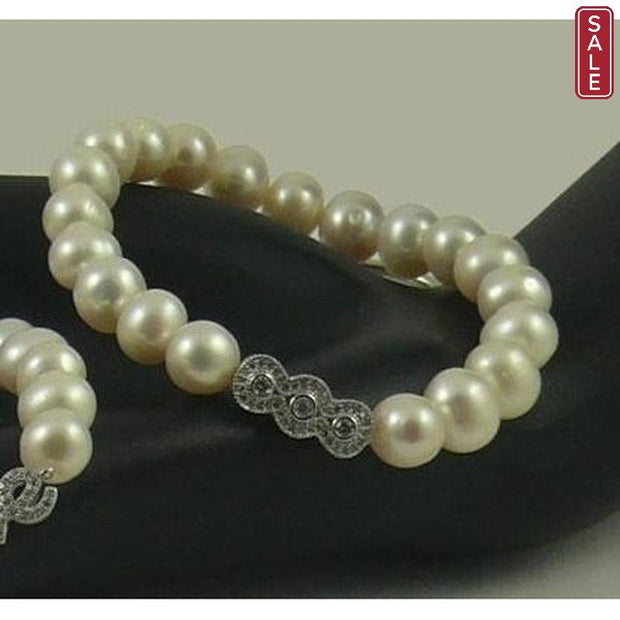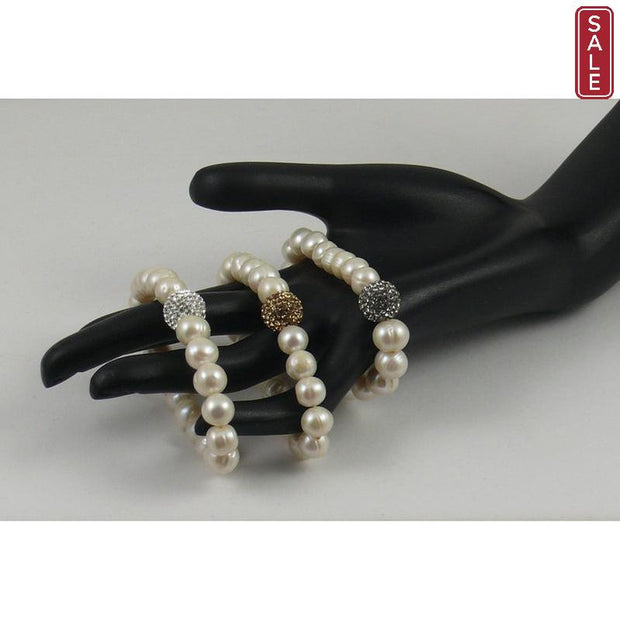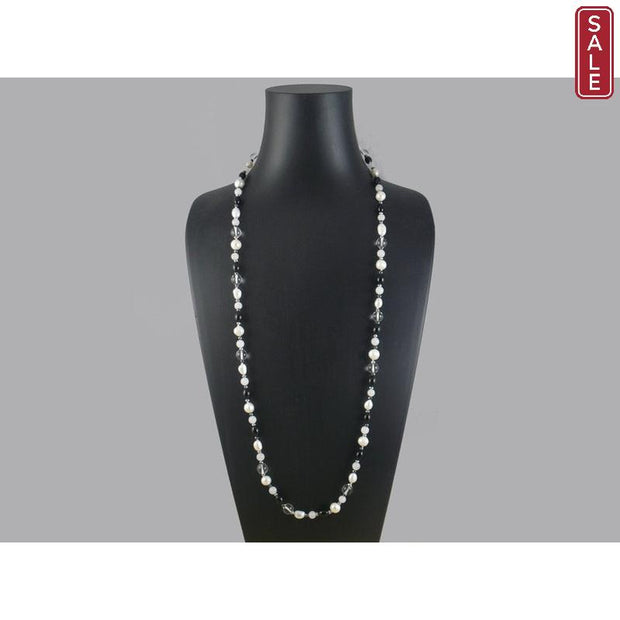The Real Pearl Company

The allure of the pearl is timeless and universal. Since the beginning of history, the pearl has always been regarded as one of the rarest, most valuable and symbolic of gems and has been prized in every culture, from ancient China, India, Egypt, Rome, through the Middle Ages, the Renaissance to today. The pearl is today’s birthstone for June and the 30th wedding anniversary symbol
WHAT IS A PEARL
A pearl is formed when a tiny intruder, such as a parasite, a piece of grit, etc. lodges itself inside a mollusc (called an ‘oyster’ or a ‘mussel’ although the ones producing pearls are much larger than the oysters/mussels we know and most are non-edible). If the mollusc cannot get rid of the intruder, it starts to produce a substance to soothe the irritation the intruder causes: Nacre. What we know as a pearl is the build up of layer after layer of nacre, enveloping the intruder. Nacre is the same substance that forms the lining within the shell.
TYPES OF PEARLS
Natural: natural pearls are produced by ‘wild’ molluscs in their native habitat, mostly seawater. Most wild molluscs however, don’t contain pearls. It can take 10 years or longer for an oyster to produce a 6mm pearl! Natural pearls are as rare and expensive today as at any other time is history.
Cultured: cultured pearls are a product of science helping nature: technicians surgically implant the ‘intruder’, normally a tiny round bead made from another shell. There are saltwater as well as freshwater cultured pearls. The cultivation period takes between 1 and 10 years, but most are harvested between 2 and 5 years. Cultured pearls make up 99% of the market today.
An Australian and three Japanese inventors discovered the technique for culturing pearls. The most famous among them was Kokichi Mikimoto who patented the technique in 1916 after many years of research.
Artificial: a round glass or plastic bead coated with a plastic substance imitating nacre. Cheap to produce, but they never last. They discolour with time, are very light and often chip.
A relatively new type of artificial pearl is the so-called ‘Seashell pearl’ whereby a shell or plastic bead is covered with a mixture of ground nacre, colour and varnish. Better, but still fake.
How to tell a real pearl from an artificial one is easy! A real pearl is heavy, has surface irregularities, always takes on the surrounding temperature (warm or cold) and has a very gritty texture when tested between the teeth (nails scraping the school blackboard feeling!) whereas artificial pearls are light, have a perfect surface, are always warm and very smooth between the teeth.
How to tell a natural pearl from a cultured one is much more difficult and only comes with years of experience and a deep interest in the subject.
WHERE DO CULTURED PEARLS COME FROM
Saltwater: saltwater cultured pearls are grown in the sea. Among the best known are the Akoya pearls from Japan; the larger South Sea pearls from Australia, Indonesia and the Philippines; the naturally black pearls from Tahiti and The Cook Islands
Saltwater cultured pearls command higher prices than freshwater pearls. The most important reason for this is related to the number of pearls that can be produced. An individual saltwater oyster normally can produce 1 or 2 sizeable pearls at a time. A single freshwater mussel can produce 20-30 pearls at a time. The second reason is that pearls grow much slower in cold sea water.
Freshwater: freshwater cultured pearls are grown in lakes and rivers. They are now grown in many countries, with the leading producers Japan, the US and China, where The Real Pearl Co. pearls originate.
PEARL SHAPES
There are many different shapes of freshwater pearls: round, oval, rice-shaped, branch-shaped, cross-shaped, coin-shaped and several more, depending on the shape of the implant. Concentric circles and surface irregularities are also typical of Chinese freshwater pearls. It is up to the customer to choose the pearls they prefer.
PEARL COLOURS
Natural: White, Pink and Lavender are natural colours in freshwater pearls. Bright and dark colours are dyed.
Dyed: pearls are infused with a dye solution to achieve the desired colour through a gentle heat-process which takes 1 month. As pearls are porous, colours are easily absorbed.
CARE
The best way to care for pearls is to wear them. The body’s natural oils enrich the pearls and help maintain their lustre.
Store them in a separate soft pouch to prevent scratching the pearl’s surface. If possible, avoid storing pearls in an excessively dry place as they like moist environments.
Avoid all contact with the following substances: perfumes, hairspray, cosmetics, vinegar, and bleach, as they will spot or even disintegrate the porous surface of the pearl.
Wipe gently with a warm damp towel before putting pearls away to remove excessive body oils and perspiration as these are harmful to a pearl’s colour.
Re-string pearls periodically if they are worn frequently.
But above all, enjoy them!
















